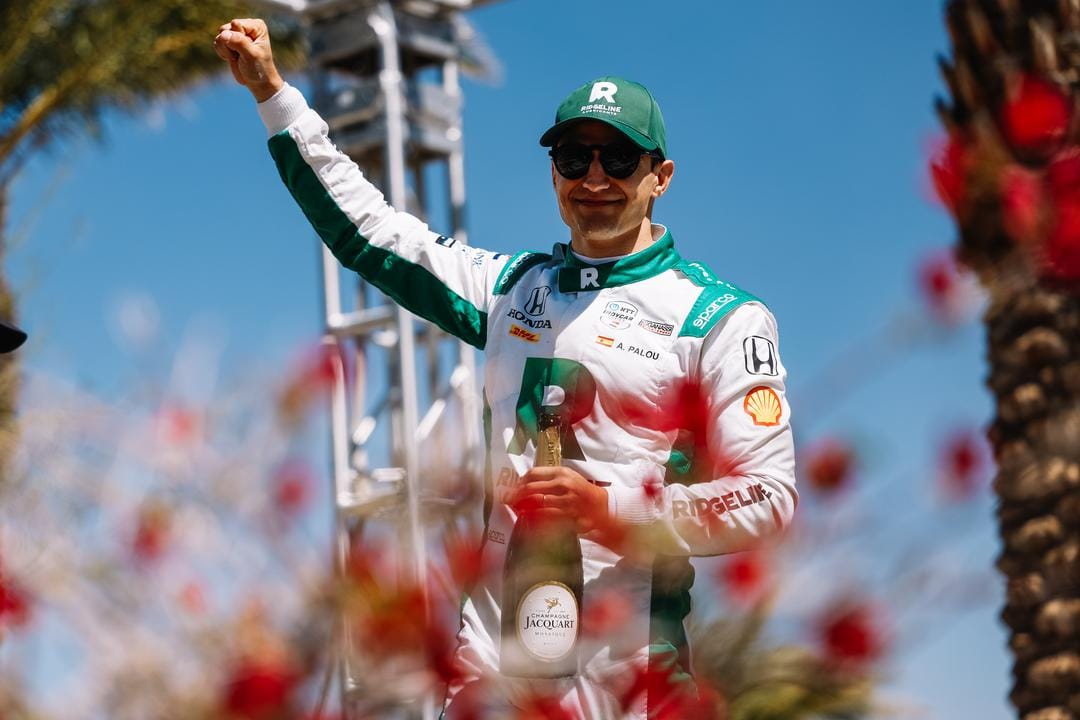Depending on who you spoke to, IndyCar’s $1million non-championship race at Thermal was anything from a processional snooze-fest to an instant classic.
Held at the ultra-exclusive Thermal Club which houses the track, storage for racing cars, $4m houses, tennis courts, restaurants and more, this was a chance for IndyCar to experiment with a new format after a calendar gap could have left it going over a month without a race.
Alex Palou may have cleared off into the distance as a dominant race winner, but if you knew where to look, there were some signs that this kind of race has the fundamentals to produce a much more exciting show than it ultimately did this time. Sometimes, you have to trial things in order to learn.
Amid such divided opinions, The Race evaluates where the race worked, where it didn’t, how it could be fixed and if we’ll see the event back in the future.
What worked
IndyCar trying something new
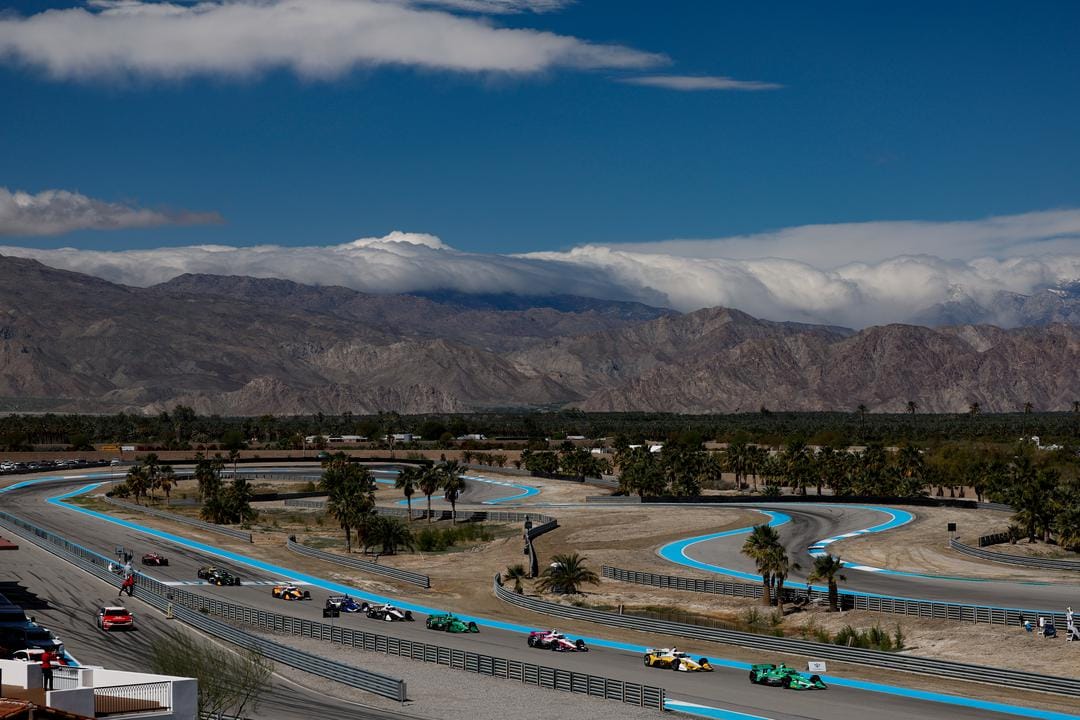
In recent times IndyCar has been criticised for being directionless, with the same car in use for 12 seasons already, no sign of attracting a third manufacturer that could alleviate the burden on its other two and a sort of stagnating ideology that risks doing similar things over and over again and expecting better results.
The format
Field split in two via a draw
Qualifying for Heat 1
Qualifying for Heat 2
Heat race 1
Heat race 2
Top six from each heat race reach the Final
Final race
This Thermal event was created because Texas Motor Speedway fell off the IndyCar calendar owing to a NASCAR schedule tweak that made having the two races at that time of year impossible. With St Petersburg set as March 10 and Long Beach on April 21, a gap of over a month immediately after the first race would have been awful.
Many series would have stomached the blow but IndyCar has at least tried something.
The track (sort of)
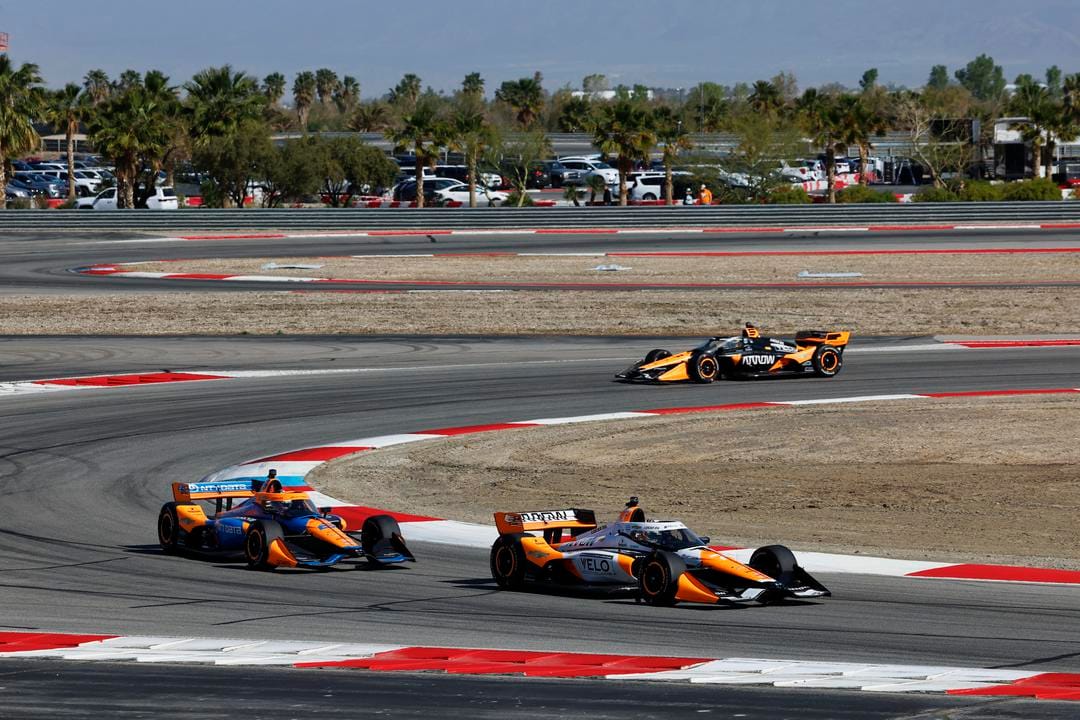
There was a worry that Thermal wasn’t up to hosting an IndyCar race, and while overtaking wasn’t easy, that wasn’t all down to the track and part of it was due to the rules and format.
There was a bit of dicey racing at times, and the facility proved just as good as some other tracks on the IndyCar calendar for passing.
It was a bit jarring to have the opulence of the facility rammed down your throat by the TV commentary at every opportunity - certainly a lot of fans would not find a super-exclusive racing track club with uber-luxurious condos and facilities relatable at all.
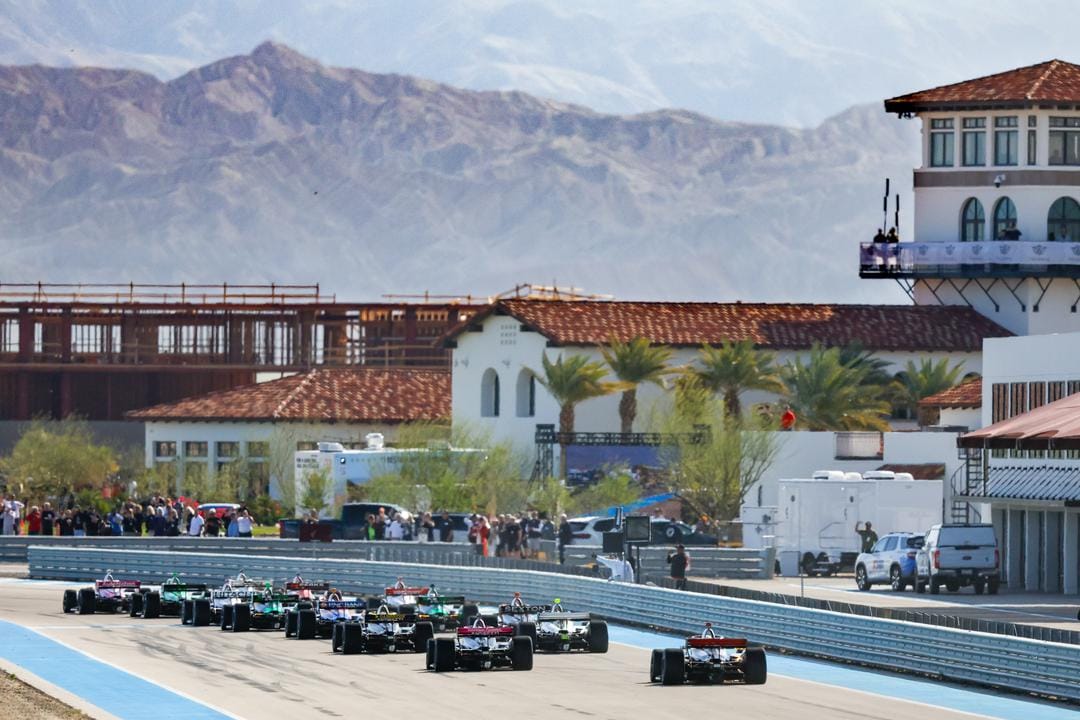
But given the funding it put into the event, it’s easy to understand Thermal wanted some sort of return and if that was hyping up the facility, it feels like a small price to pay.
Other than the fact it's not a venue designed for spectators to visit because it’s an exclusive club, pretty much everything else about the venue makes it a worthy IndyCar race option for the future.
With the right recipe of tyres and race length, there's no reason it wouldn't work well as an IndyCar race. And there didn't seem to be any issue in terms of the safety of the track and facilities either, which was raised as a potential reason not to race here in the past because it was never designed to host racing at this level.
A new boost in qualifying
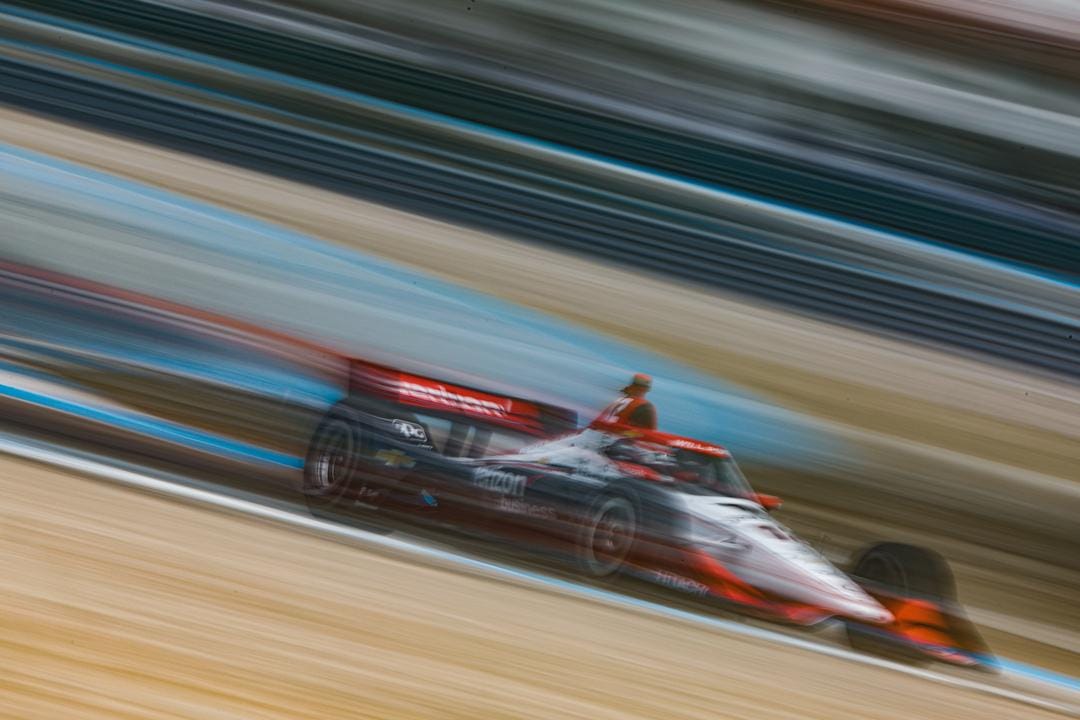
The drivers were given an allocation of the push-to-pass overtake boost in qualifying for the first time.
One of the great things about push-to-pass over Formula 1’s DRS is that it can be used anywhere on the track, so applying it in qualifying added a new element of driver strategy.
Push-to-pass management requires more skill than holding a button open while driving down a straight, and it’s clear the drivers like it.
“It's definitely something we could think about for the Fast Six, qualifying format, not just here,” said event runner-up Scott McLaughlin.
Where push-to-pass would be much better - and this applies generally, not just to Thermal - is if drivers defending couldn’t use it.
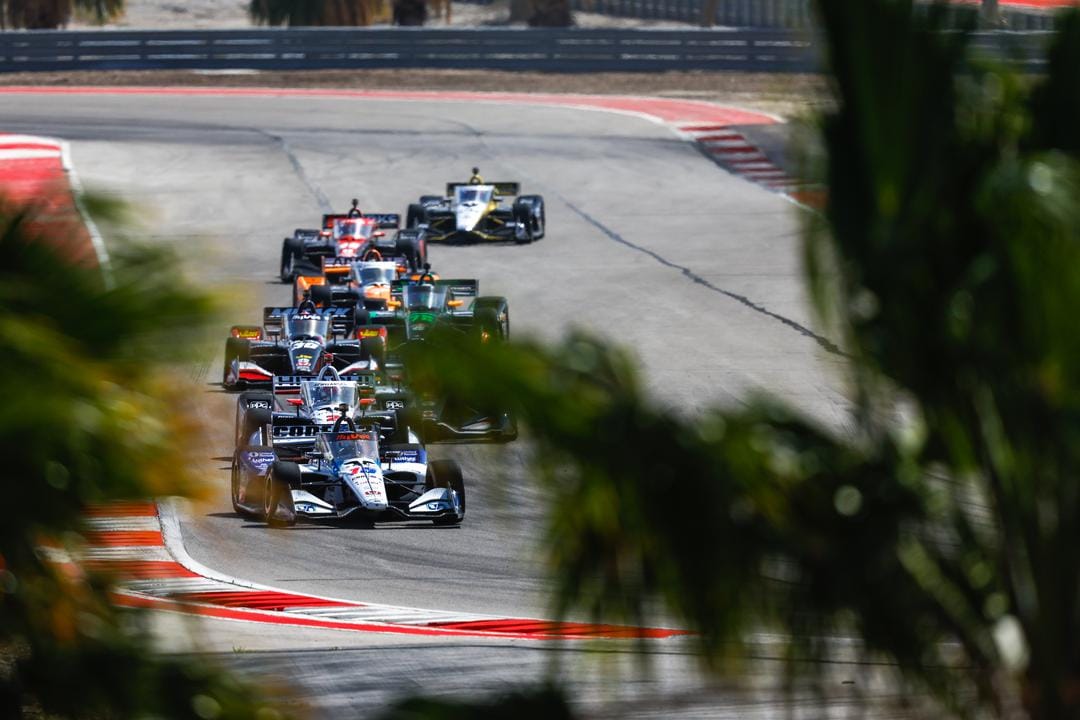
So in the same way a driver in F1 who isn’t within a second of another car ahead doesn’t get DRS but the car behind can, IndyCar needs to disable push-to-pass for the driver defending if it wants the system to be effective.
In a short event like this - especially when the push to pass was reset at halfway - the drivers up front saved their push to pass as long as they could to defend at the end, and the drivers deep in the pack burned through it trying to make passes early and then had little left to attack at the end. That created a stagnant finish.
Giving the attacking driver a bit more of an advantage by not allowing the lead car to use the push-to-pass to defend would make it much more effective, and theoretically the driver ahead can then use theirs to fight back if they get overtaken.
A heat format
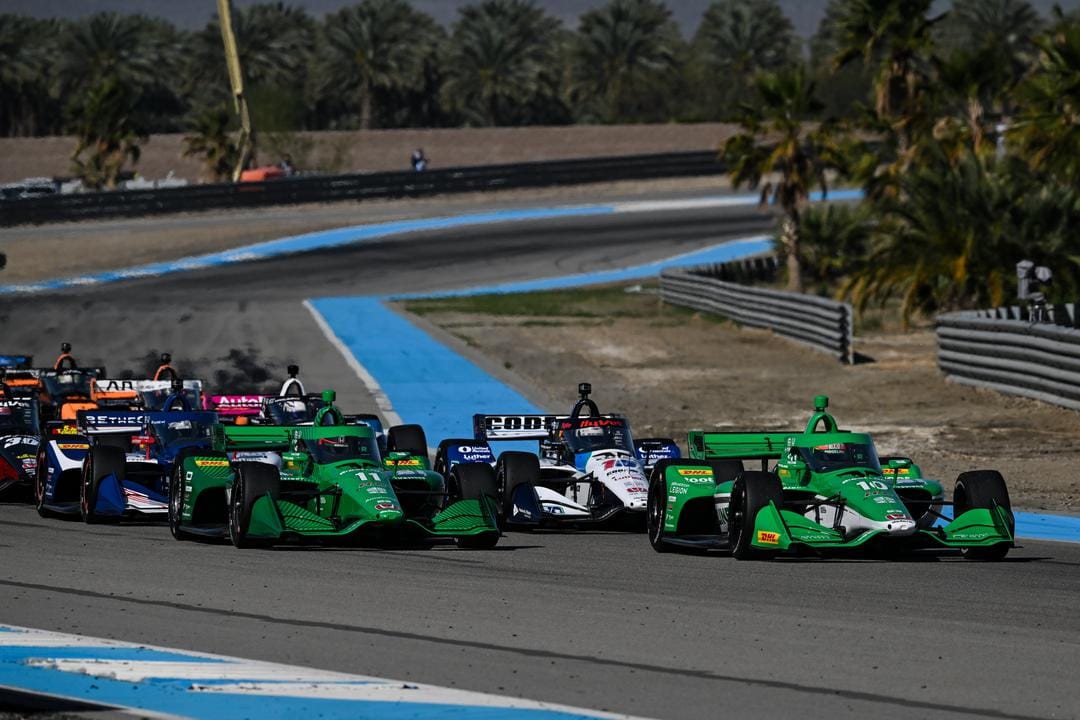
Heat races might be a bit less familiar outside of North America but in the US - in short-track racing especially - heat racing is much more common.
The idea of having two heat races and a final on the same day really worked for this writer.
The total Sunday racing time was less, around 1 hour 10 minutes - although this was weakened by the crash in Heat 1 for Grosjean - compared with 1h52m at the St Petersburg season opener, but the number of different races really helped to build some excitement.
It was rapid fire, and while Palou complained that didn't help drivers get into a rhythm, as a fan, it gave the feeling of everything being fast-paced.
Had the rules been a little more suited, there was every possibility that this format would have created a really fun race.
Part of what made this fun was that it was new for IndyCar. If this is going to be an annual thing, I’m not sure if repeating the format the same each year would hold the level of excitement. But that’s a problem for the future.
IndyCar is the only single-seater motorsport to compete on ovals, street circuits and road courses. Why not do a bit of format pioneering with even points-paying races in the future and offer fans some excitement?
There's so much more that could be experimented with, it would be nice if this was the beginning and not the end.
Fans embedded in teams
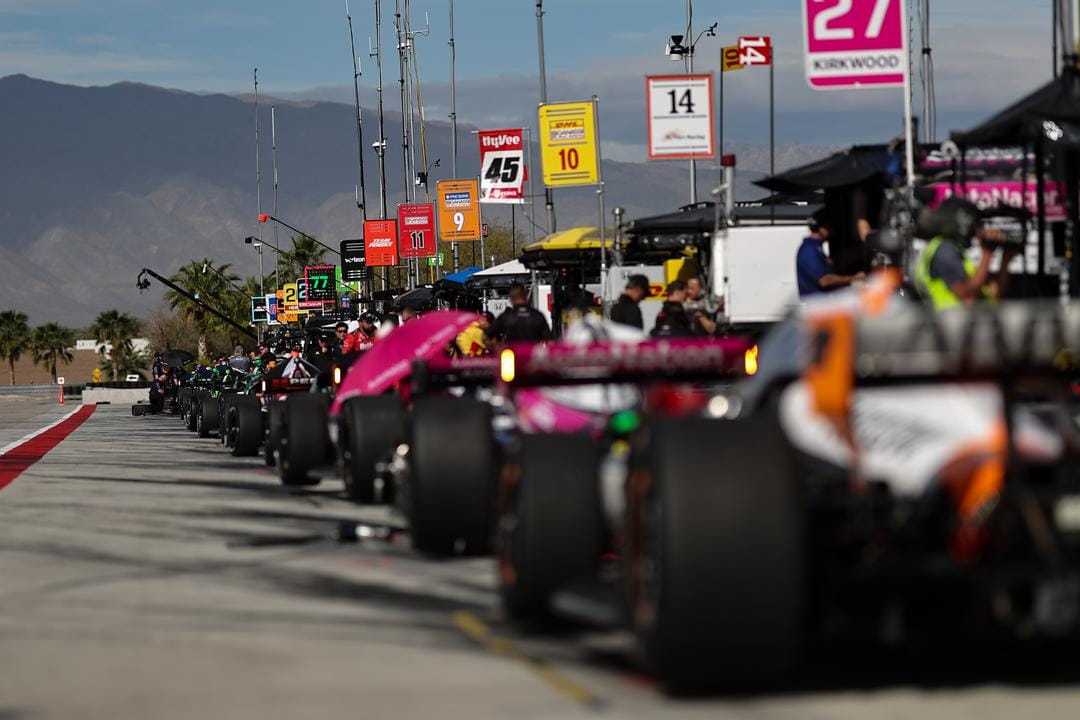
A draw on Thursday assigned some lucky Thermal Club members to a team for the weekend.
"To hear all the things you don't see normally, there's so much in the background that you don't think about, all the little changes on tyre pressures and wing [angles], like just strategy going into each session," said podium finisher Felix Rosenqvist.
"Even practice, right? It's huge work behind the scenes.
"They were amazed. When you watch TV, you just kind of presume that you go out and flat out. There's so much more behind it. I think they really were amazed by that fact."
Of course, it was the privileged Thermal members that got this chance, but the fact the teams agreed to it and opened up in this way is a great starting point. There's no reason why this couldn't be done more often for new fans at other events in the future.
What didn’t work
Having this race in-season
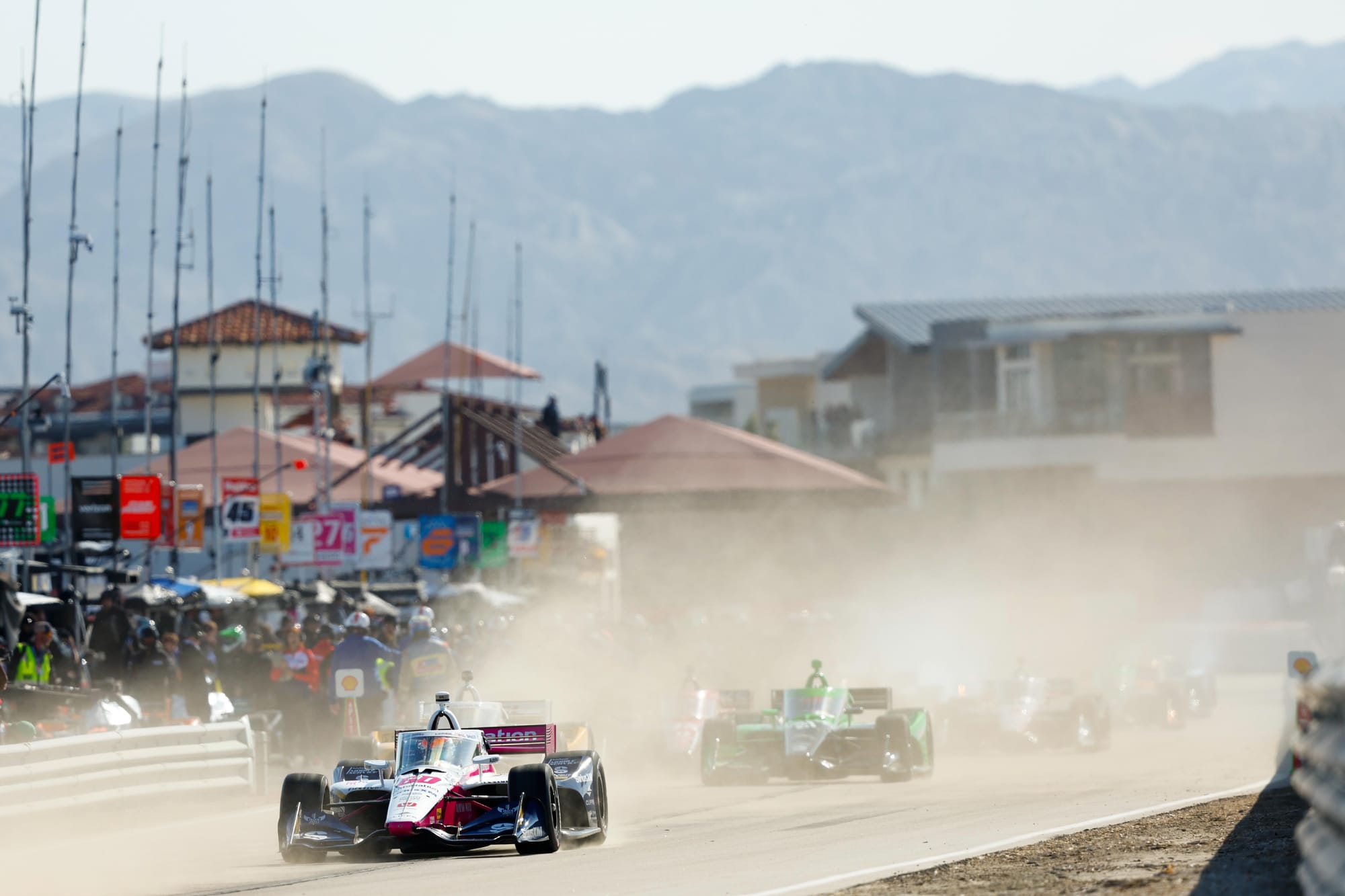
We know why this race happened, because Texas became unavailable in its usual spot.
But it still felt awkward having the second race of the season be a non-points race.
“If it's post-season, it's great to have an exhibition with no points. If it's pre-season, it's great to have an exhibition with no points,” said Palou.
“I don't know why this is a non-points race, being the second race of the season. So I don't see why we would do that more in the future and why we would keep this race as a non-points. If we come back here, we need to have it as a points race.
“If we do an exhibition, a proper exhibition, where it's off the calendar, I think then it makes sense that we don't put any points.”
Palou's view is shared by many others in the paddock.
The only caveat to what Palou is saying is the alternative was to run a points race at a Thermal track where many weren’t sure how good the racing would be, and with far fewer fans than a regular IndyCar race because of the exclusive nature of the venue.
I don’t think IndyCar wants this race to return in-season without points, but used this year’s event as a trial. An out-of-season exhibition and/or a Thermal spot on the points-paying IndyCar calendar are clear options for 2025 now.
But Palou’s right. A non-championship race as the second race of the season is weird and felt as much.
There wasn’t enough overtaking
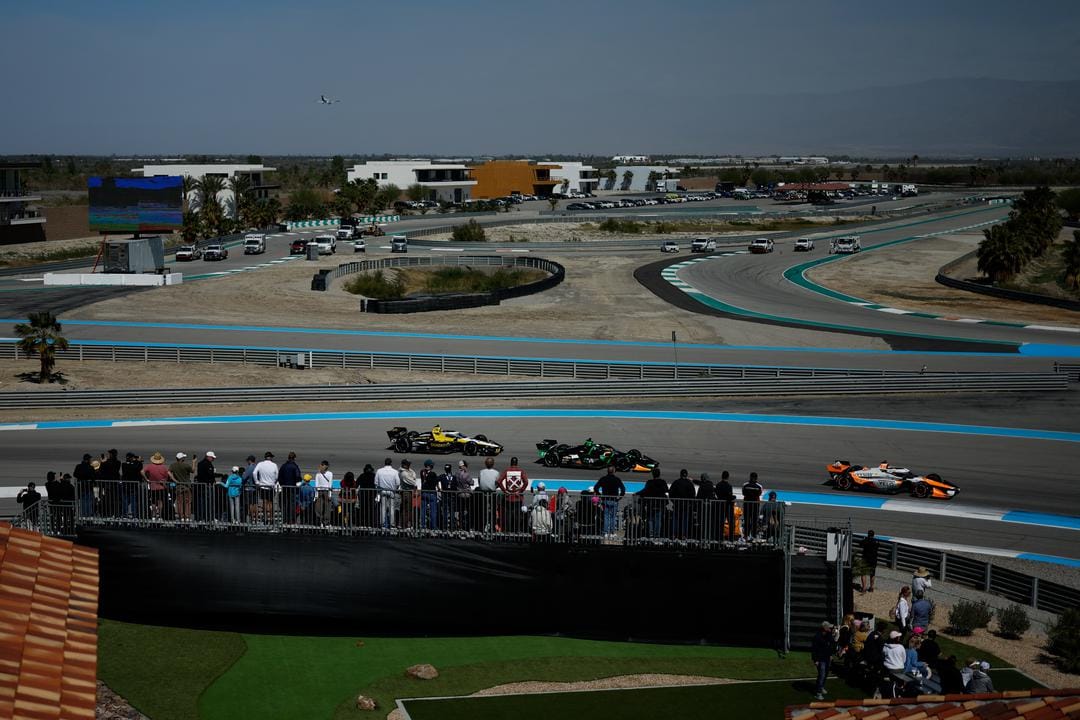
In the second heat, there was no overtaking for position, and the varying tyre strategy in the Final was the only real reason we saw some proper moves there. Colton Herta and Alexander Rossi saved tyres in the first half of the final, and they were the only two drivers really making moves in the second half.
IndyCar mandated a halfway break in the Final, partly to avoid fuel saving, which admittedly would have been a poor spectacle.
But the alternative didn’t play out well either. Three drivers took the gamble that saving tyres at the back of the field would make them more competitive in the second part of the final, with Herta being the most obvious as he went well over a minute behind Palou at one stage while touring in a Sunday afternoon drive.
There are a few things IndyCar could do to fix it. A knockout format where the car running in last at the end of each lap is eliminated from the race is a strong possibility, it was even raised by Palou as a way to spice things up.
It would need some tweaking as that would take 10 of the 12 cars out in a 10-lap race. Maybe a two-car shootout for the money would be fun, but perhaps having a few more in there would make sense for creating a bit more action.
Obviously allowing a tyre change at the halfway point would make sense to avoid this issue. Part of the reason to use older tyres is to make it more difficult towards the end and reward the drivers who have taken care of their tyres better. Degrading tyres usually equals more exciting racing.
But the tyres clearly didn't drop off enough to stop a driver clearing off up the road by 5.8 seconds over 10 laps.
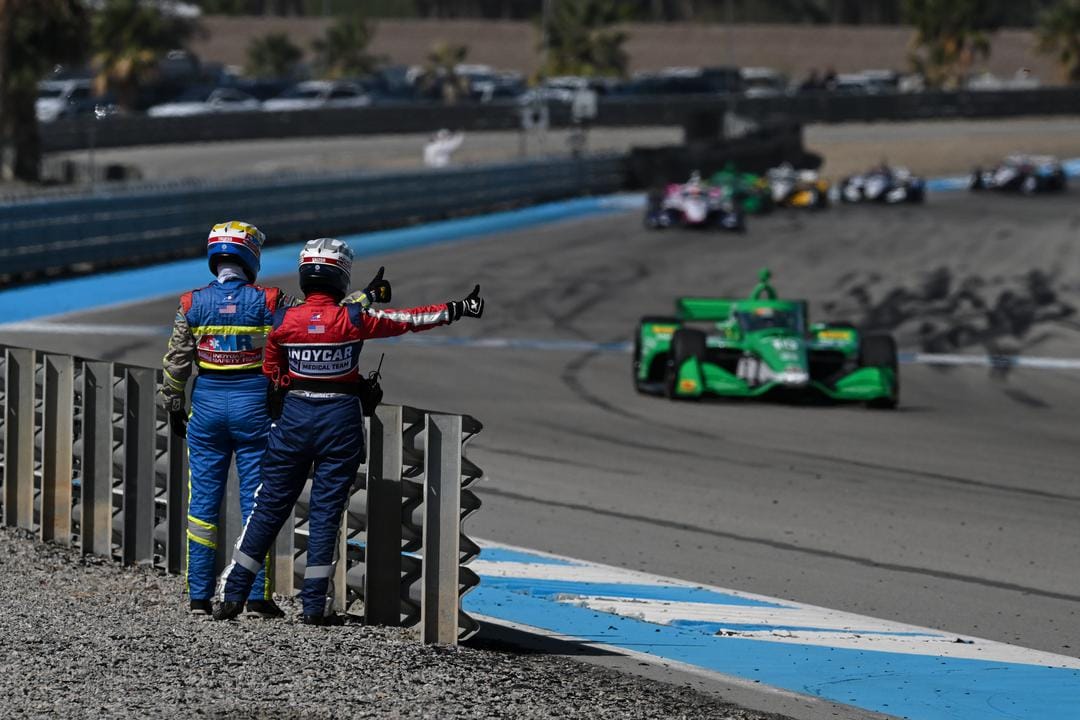
Another contributing factor is the teams and drivers got nine hours of testing on this track. If you want to encourage close racing and unpredictability, giving the teams that much data - especially on the tyre - is never going to lead to better racing.
In most cases too, more testing will mean the best get better - they have the best resources to digest everything and adapt - and the smaller teams struggle to keep up.
Next time, having the cars show up and go straight into qualifying would provide much more unpredictability. I know the testing is valuable for the season, but you could do it after the event instead.
The prize money
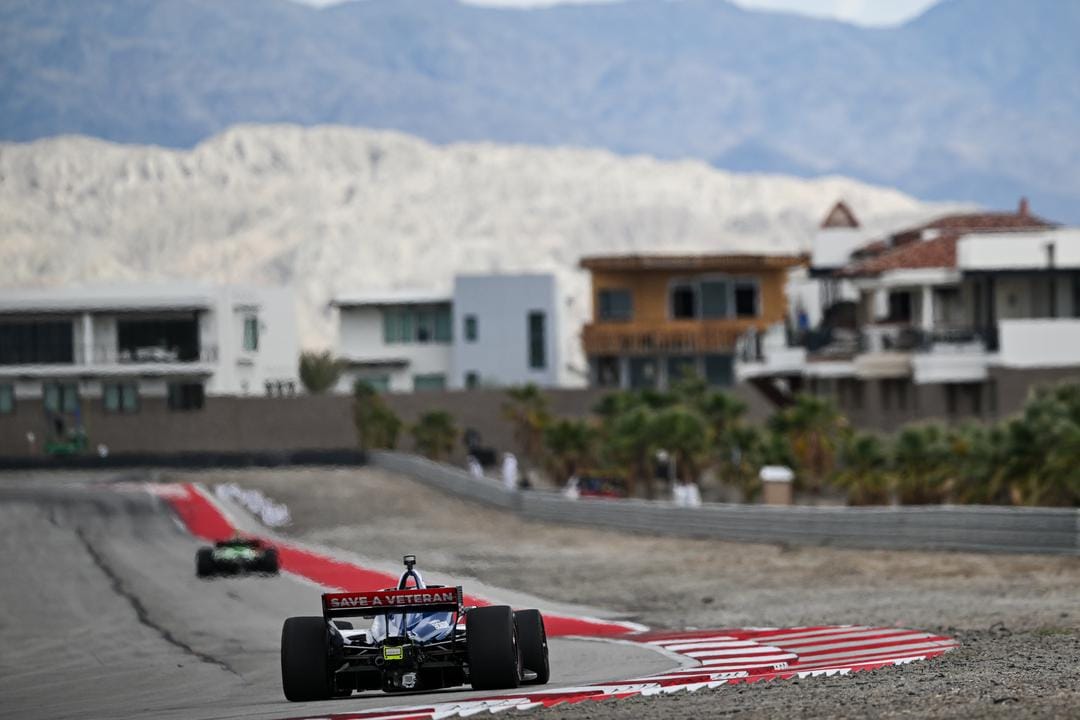
Linus Lundqvist fought all day as the only rookie to make it to the Final, and the Chip Ganassi driver pocketed the same amount of cash as say, Romain Grosjean, who was taken out at the first corner of the first heat race.
The prize money
1st $500,000
2nd $350,000
3rd $250,000
4th $100,000
5th $50,000
6th-27th $23,000 each
Of course you can't reward everyone perfectly and ultimately finishing sixth in a non-points race is the same as finishing second or 12th - you lost - but for the effort that goes in, it seems borderline for if there is enough of a prize for these drivers to go and chase in the final.
It's important to consider the logistical cost of travelling to Thermal for the Indianapolis-based teams, as well as the risk of crash damage. If you're out of the top five, you're almost certainly at a significant net loss for the event with $23,000 prize money.
That may well be the case at some of the other IndyCar races, but those are for points and a fee at the end of the year for the top 22 teams.
What next?
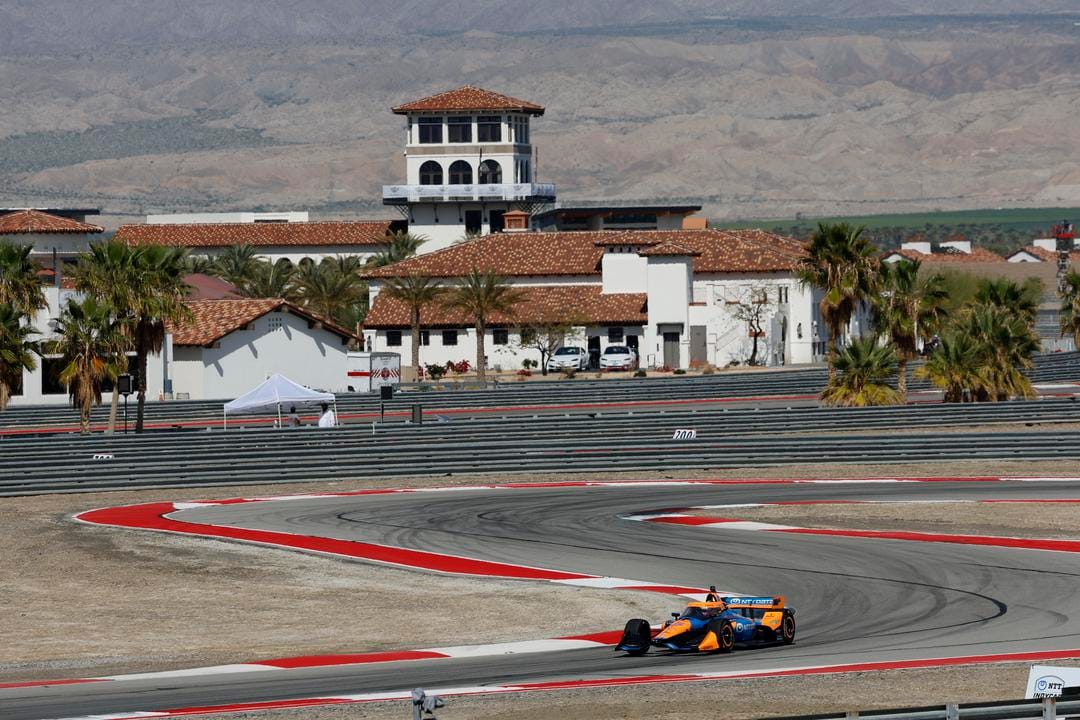
IndyCar and Thermal now have to look back on the event and see if it worked for them.
I think the most likely outcome is that IndyCar can be encouraged by the basics of this event and look to have one next year either in the pre or post-season, not as the second round of the year.
Its place on the calendar came out of needing to fill a gap out of necessity, and hopefully next year that won't be an issue.
The track is good enough to be a regular on the IndyCar schedule but the fact it's a members’ club means inviting the number of fans usually at an IndyCar race is difficult, that's why a for-TV race works so well.
Thermal needs to decide if it wants to allow more fans into the track, and if it is willing to keep hosting and helping with what is a pretty epic amount of prize money, especially when the venue doesn't really need to advertise.
IndyCar needs to learn from the format, but there's enough there it should want to try this again. Thermal is ideal in many respects for a for-TV race, and with some tweaks, I think it could be a really enjoyable and refreshing event on the calendar.
A big factor will be how many people watched this event on TV.
If it's a for-TV event and fewer people watched than a normal IndyCar race, that may well be the ultimate answer as to whether this is worth doing again.


